This is not what you do when you're in it for a quick buck
Slow-clothes excellence up close at Cottle's Kojima, Japan, studio
Our favorite independent stores from around the world are here.
Our Home Goods Index is here.
We just published two new Shorts Reports — Erin’s is here, Jonah’s is here.
Back in Spyplane Year One, I (Jonah) caught wind of a tremendous new fleece jacket that looked, at a glance, like a standard-issue performance fleece… except this one had loamy-hued persimmon-dyed paneling on the elbows and across the chest, shaped to resemble a sun setting over a hilltop… and it was cut from a blend of yak wool and supima cotton….
The s--t was … not regular.
The label behind this fleece was Cottle, and it would become one of our favorite small Japanese lines. When we celebrated 35 Iconic Designs of the Early Spyplane Era the other day, the fleece (which you can see below in a new Yak wool / FoxFibre® cut) was a lock.
Cottle’s founder and designer is Toshi Watanabe, who, like Yohji Yamamoto, Kenzo Takada, Junya Watanabe, Jun Takahashi and Ryota Iwai of Auralee, graduated from Tokyo’s Bunka Fashion College.
Toshi-san runs the label with his wife and a team of just 6 people in his hometown of Kojima. It’s a district in Okayama that’s carved out a rep as Japan’s denim capital over the past ~50 years. (Kapital and Momotaro are among the other lines based there.) So it’s no surprise that Cottle makes some incredible denim pieces. But as the yak-wool fleece suggests, Toshi’s vision goes way beyond jeans.
Cottle has three main sub-lines: “Uniform for Living,” “Earth Wall,” and “Leaf Vein.” I think there’s at least two other Cottle sub-(sub?)-lines called “Sand Beach” and “Dear Denim.”
But even though these categories are useful to Toshi and his team when it comes to creating clothes within a set of guardrails, if it all starts to make you a little dizzy, just do what I do and let your mind swirl it all together into “cool Cottle clothes.” What unites them is an emphasis on natural fibers in the construction, and on extreme slowness in the crafting…
And this past April, after getting to know Toshi a bit over DMs and meeting him in Paris last summer, Erin and I visited him one Saturday afternoon at Cottle HQ.
We mentioned this visit in passing in our recent travel guide to Osaka, Naoshima & more (a report that includes our pick for the best pizza we ate in Japan)…
This is a sletter about many things, but at the top of the list is celebrating craft-rich slapper magic. It’s not every day we get to drop in on a Kojima workshop where that magic happens, so today we want to give our Cottle visit its due.
Let’s get to it —
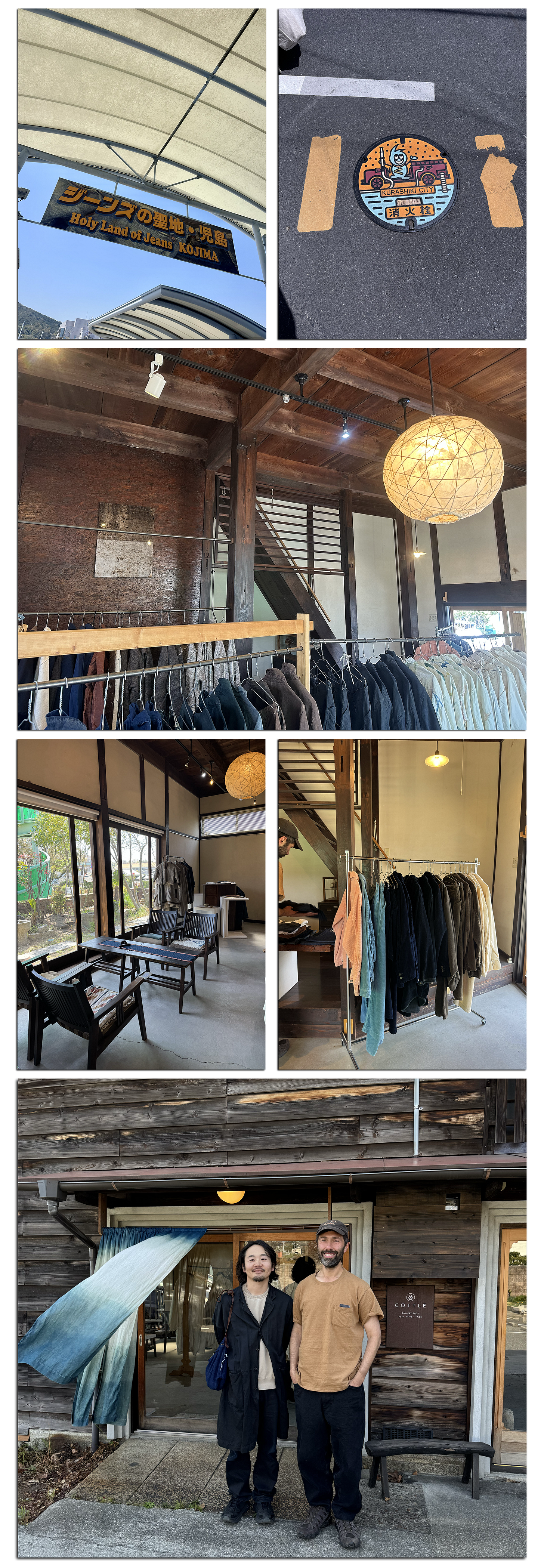
Cottle’s not far from Osaka. It’s a short bus ride from Kojima station (“Holy Land of Jeans”) to the Cottle atelier, which occupies a vast converted 130-year-old wooden house, which I’m standing outside next to Toshi, above. It’s a few hundred feet from the shores of the Seto Inland Sea, a.k.a. breezy, briny & beautiful. There’s a showroom up front, pictured above. In the back is the atelier.
Most pieces are made to order, but even so, the fact that only 8 people make everything is astonishing. As Toshi explained, “every person in the atelier makes every garment, start to finish.” In other words, there is no piecework. If you’re wearing a Cottle jacket, one pair of hands cut every component piece, and that same pair of hands sewed it all together.
We were especially intrigued by the tape-wrapped, hand-forged, square-edged steel knives, known as nomi, below left, which are typically used in woodworking, but which Toshi and his team use to cut denim… ??
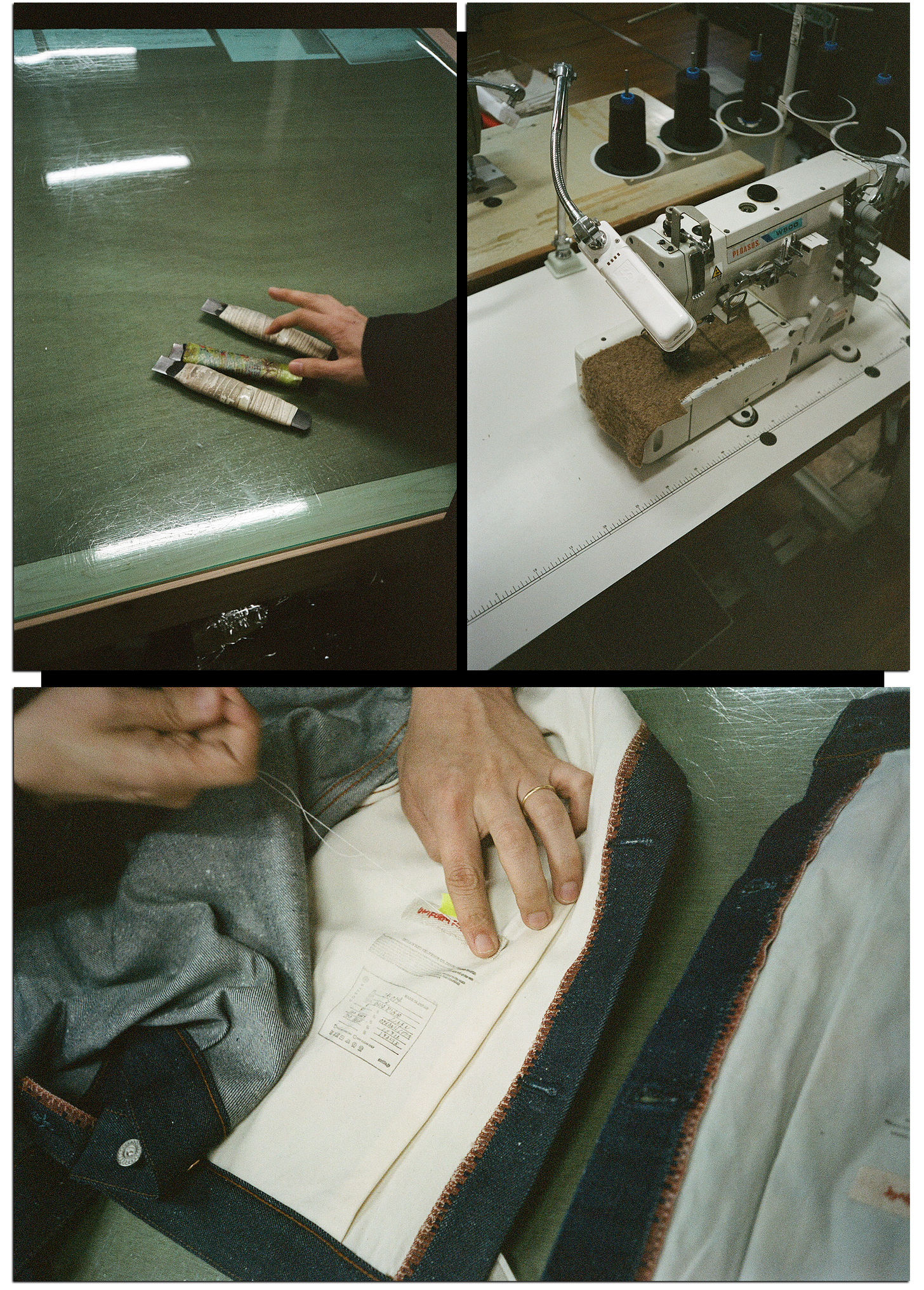
Since we dropped by on a Saturday, the sewing machines at the studio were quiet, including the one pictured above right with a swath of FoxFibre® / yak-wool fleece in its maw. When Erin bought herself a Type 2 trucker jacket cut from an airy, slubby, cotton-linen-blend denim that Cottle developed, Toshi noticed that it was missing a few last little finishing details. So he tackled those himself, writing the material composition in ink, and sewing on the tags, as seen above.
Speaking of that Type 2 trucker, I want to linger on one granular detail that captures something about Cottle more generally.
Because if you’ve ever looked at their Japan-facing webshop, you know that, like most Japanese labels, Cottle’s clothes cost much less when you purchase them in Japan than not — but they’re costly no matter what, and whether you’re buying in person or from abroad, it helps to know what goes into a price tag besides import duties.
The cotton-linen denim that Cottle developed for this trucker and other pieces features a “bengara Indian red” selvedge which you can see in detail here:
Selvedge is what you get when the weft threads of a fabric loop around and self-seal, rather than a raw edge. To make this selvedge, Cottle dyed cotton yarn by hand using a natural red dye called bengara, eventually strengthening it with wax after some early dye experiments left the yarn too brittle.
Cottle used a jacquard loom to weave the selvedge “then produced the main body of the denim using a shuttle loom” — a highly time-intensive process — incorporating “a cotton nep thread as well as a thick linen thread, twisted into the weft of the denim,” to create a soft, airy and ever-so-slightly elastic fabric that doesn’t feel like typical denim. “All in all, it takes about half a year from dyeing the threads to weaving the fabric.”
That’s just one example among dozens. Another is above right, where you can see the kintsugi-mended buttons that Toshi’s wife makes herself and uses on Leaf Vein clothes. This is not how you approach clothesmaking when you are in it for a quick buck!
I picked up a coffee-dye sweatshirt, silhouetted above with a persimmon-dye hoodie and indigo crewneck. I’m wearing it below, under a forthcoming mordant-dyed charcoal-grey denim trucker whose washed-black look I love. And yes you know I am rocking indoor-appropriate house slippers, Customary Asian Household Dogs on Dainty style.
Another imminent piece that’s stayed with me since the trip was a new Cottle 1/2-zip fleece, pictured above, cut from wild lightweight double-faced fabric: cashmere-silk-cotton outer, organic-cotton interior. The zipper is trimmed in vintage silk that Toshi sourced from a Kyoto flea market.
This one’s coming in natural and indigo. It’s part of a new 😵💫 sub-sub-sub-line 😵💫 called “Quiet Storm,” that will also include a cardigan, zip hoodie and easy pants cut from the same material.
Toshi was a great host, to the extent that, after we saw HQ, he brought us to his favorite udon spot, close by, in his banging Mitsubishi Delica:
This Seto-adjacent area is known for its fat, chewy, first-rate udon. We ate a ton of great udon on this trip, but this was the most superb of them all: 🏆 The “special bukkake” udon served cold at Kojima’s Ishiharu restaurant, pictured above. If you make it to Cottle, don’t leave Kojima without popping over here afterwards.
Cottle is online here. The Spyfriends at Neighbour and Canoe Club carry them in North America. Mouki Mou carries them in London and Athens, among other international stockists.
Our list of 35 Spyplane Icons — celebrating pinnacle design excellence of the contemporary era — is here.
Mach 3+ city intel for traveling the entire planet is here.


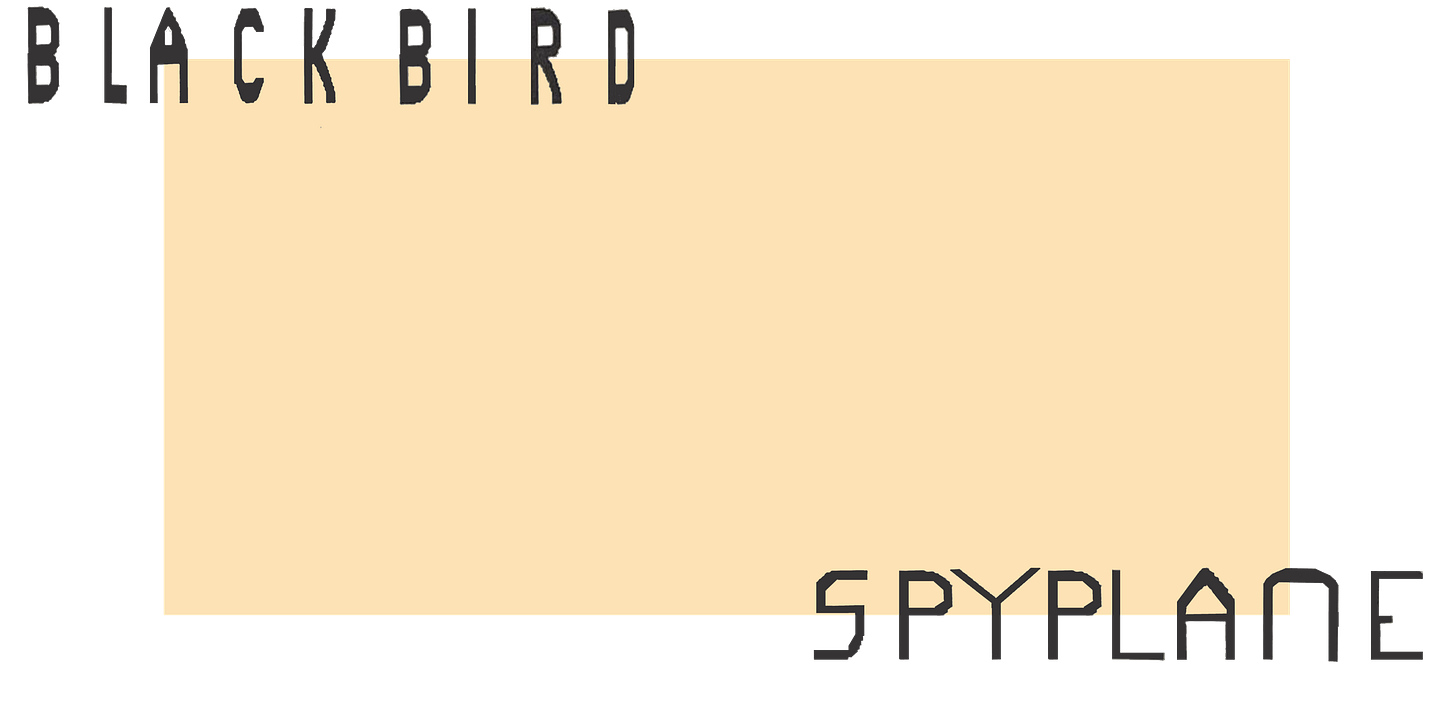
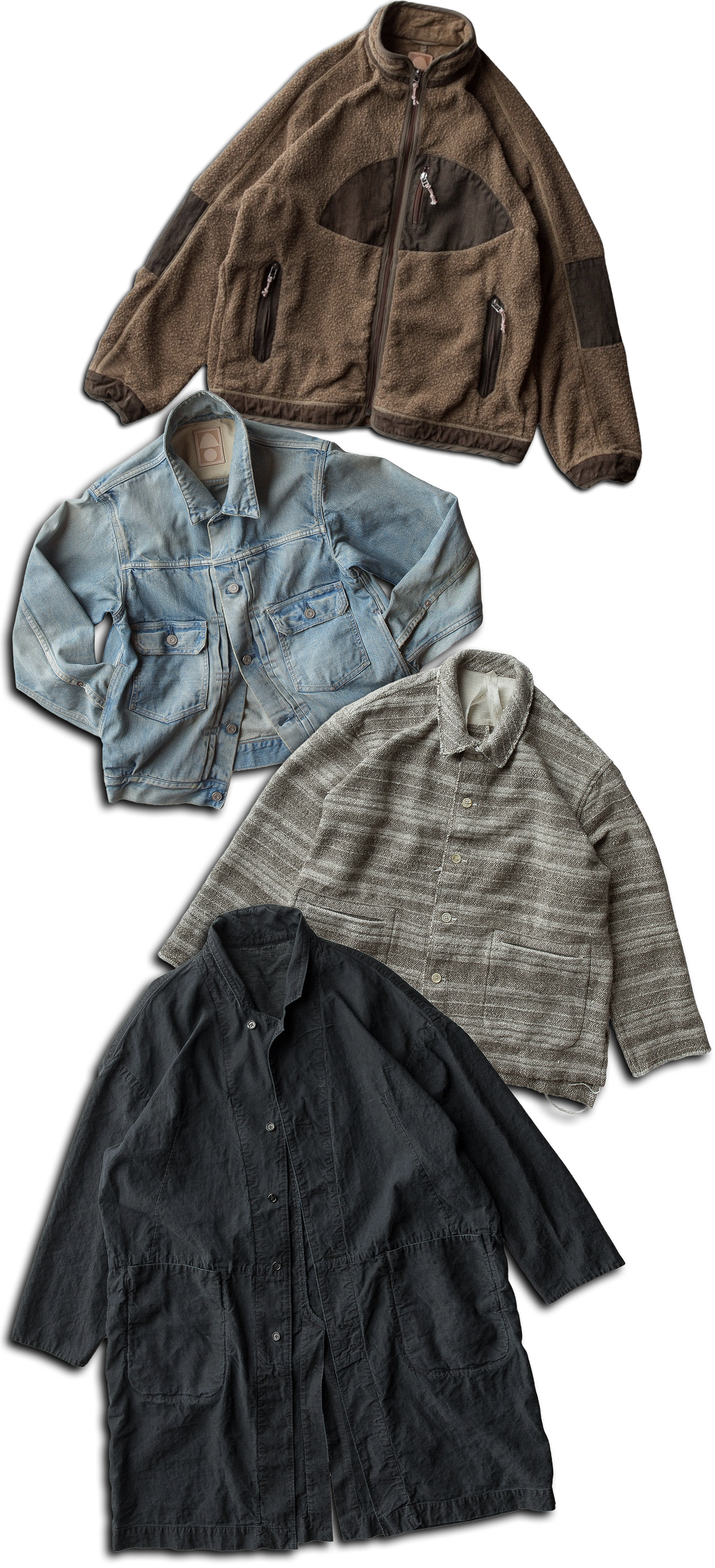
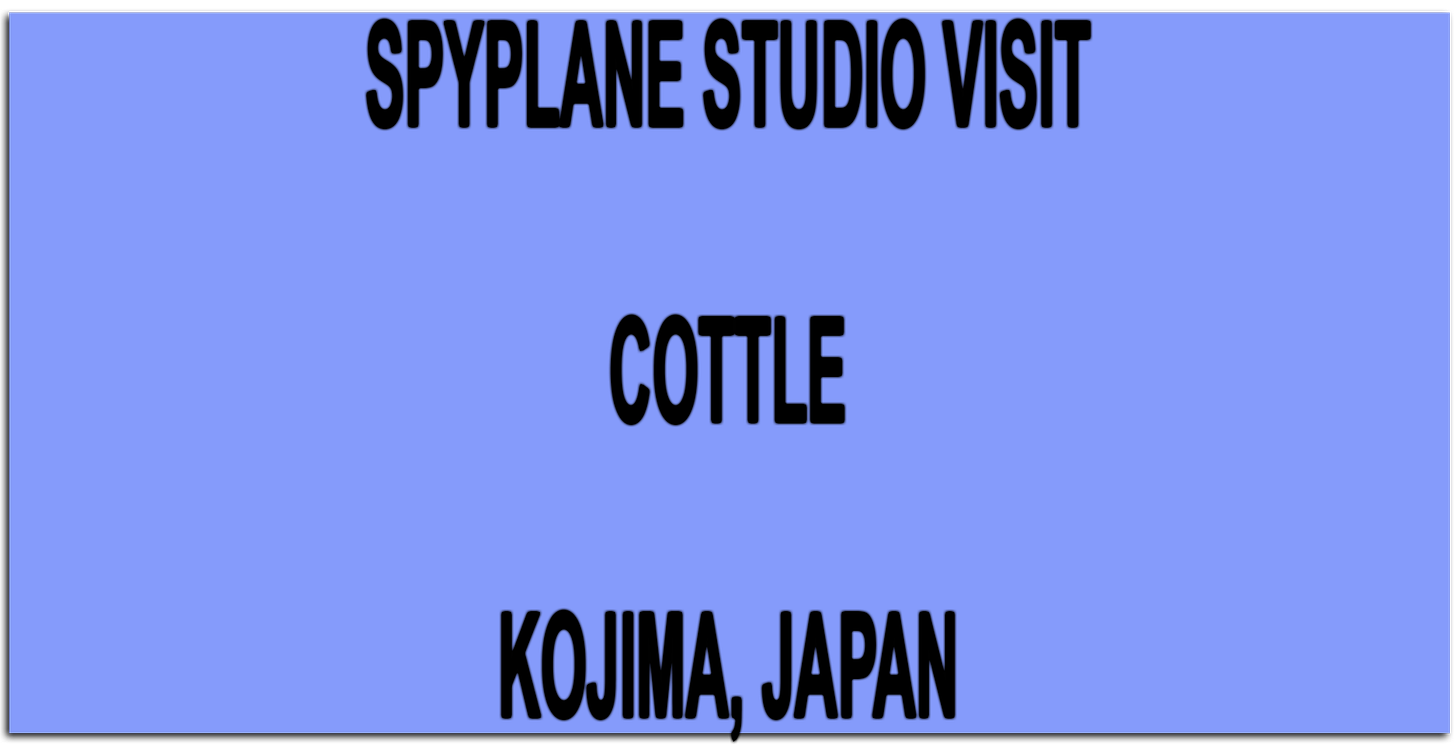
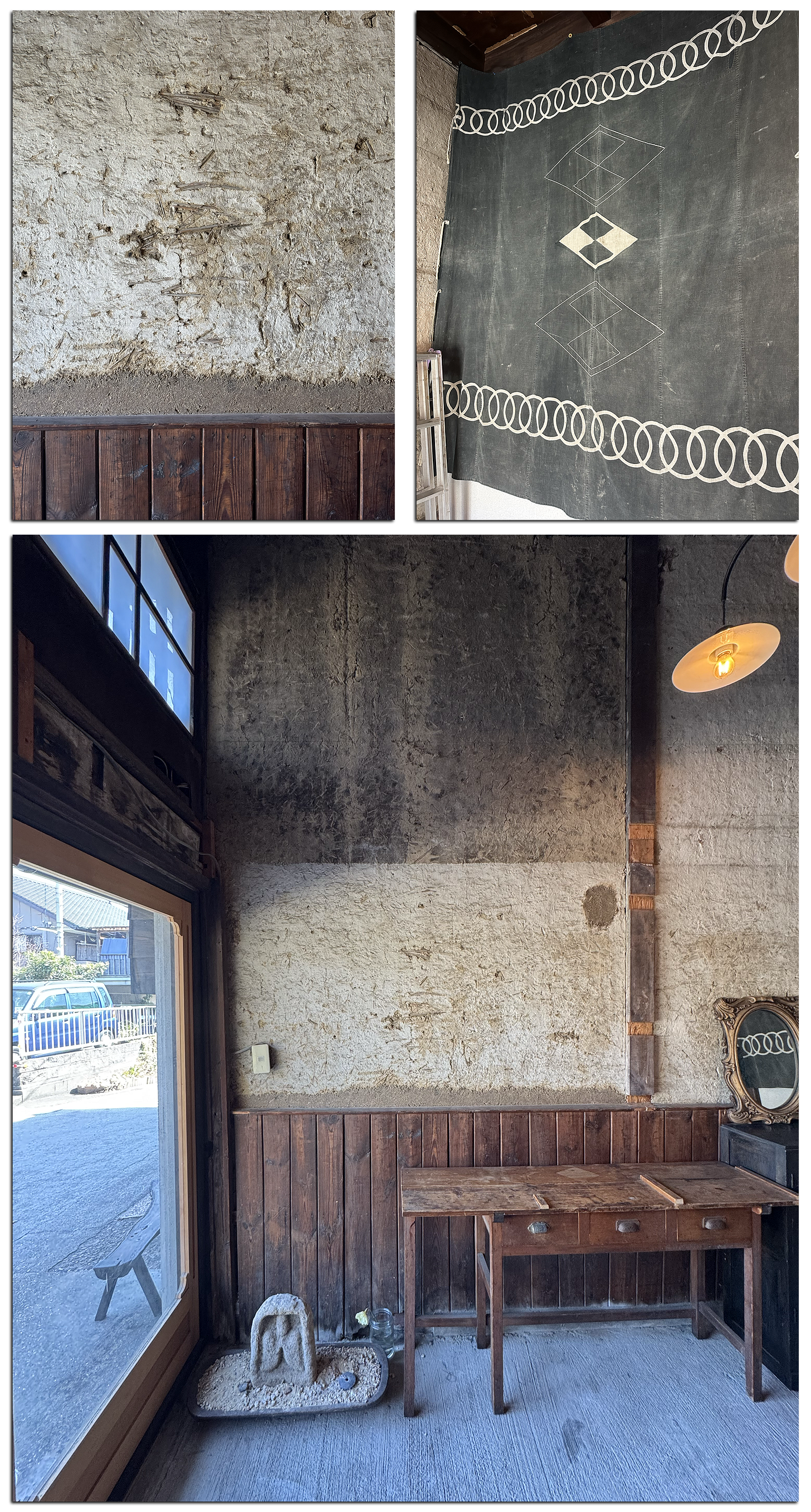
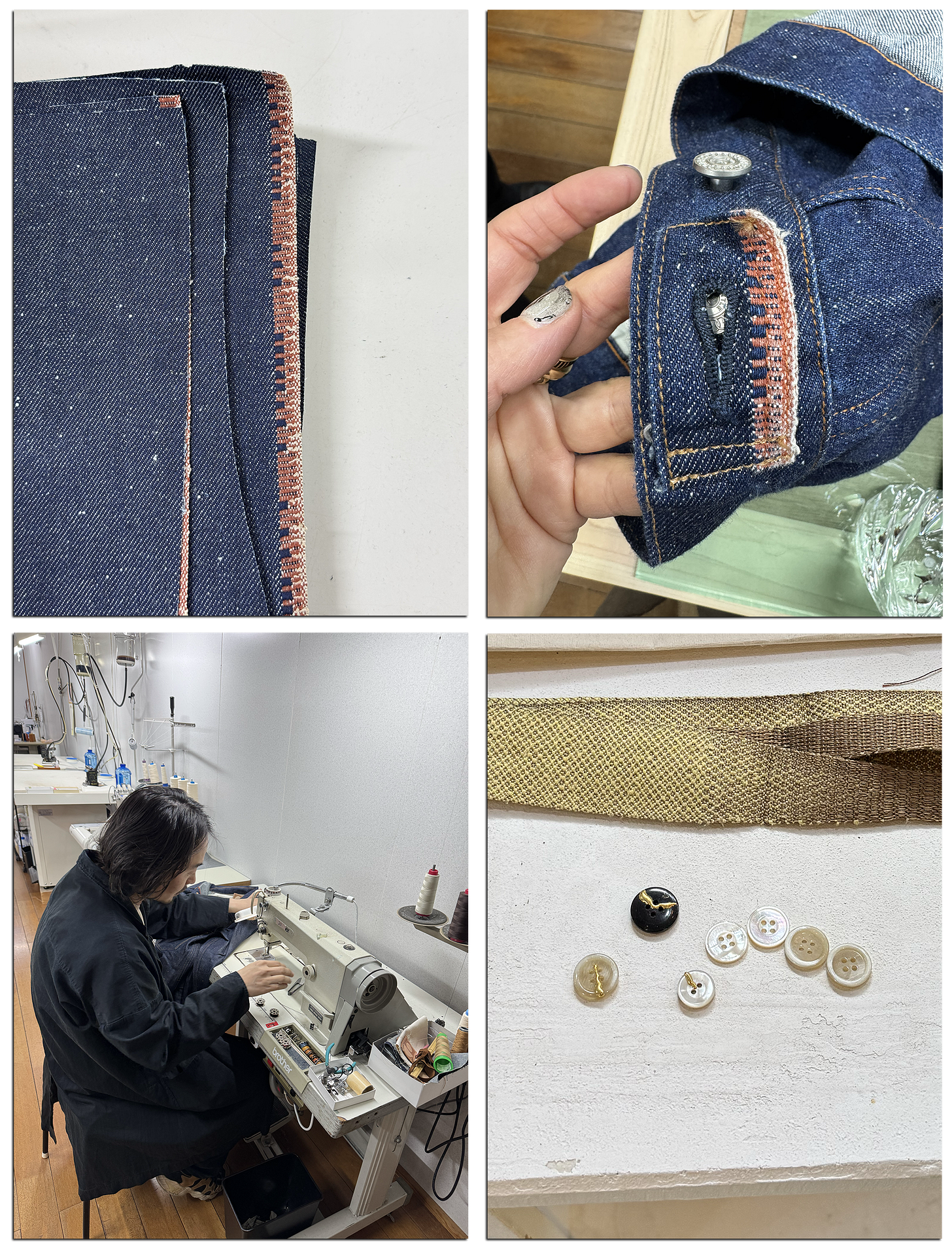
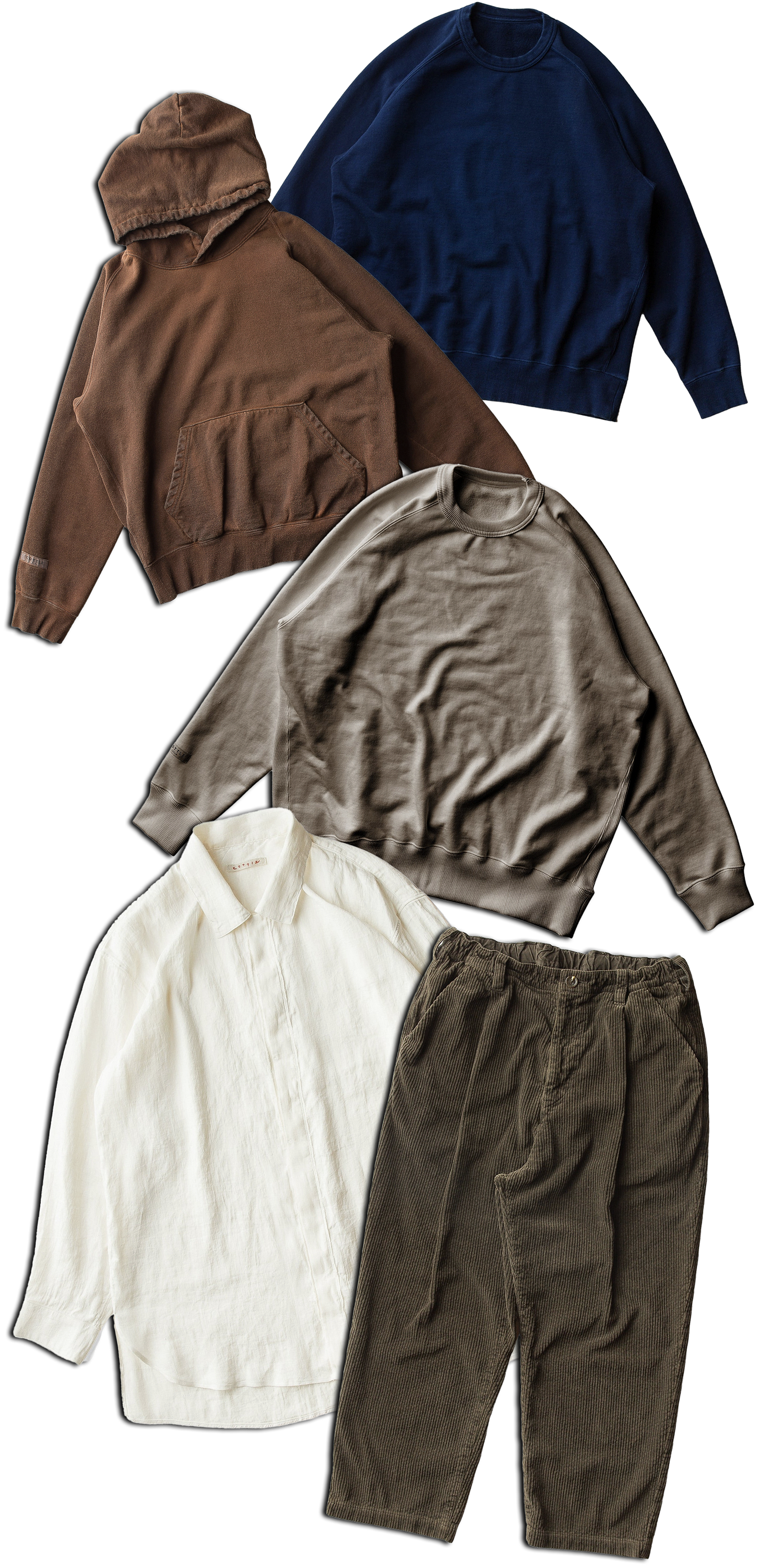
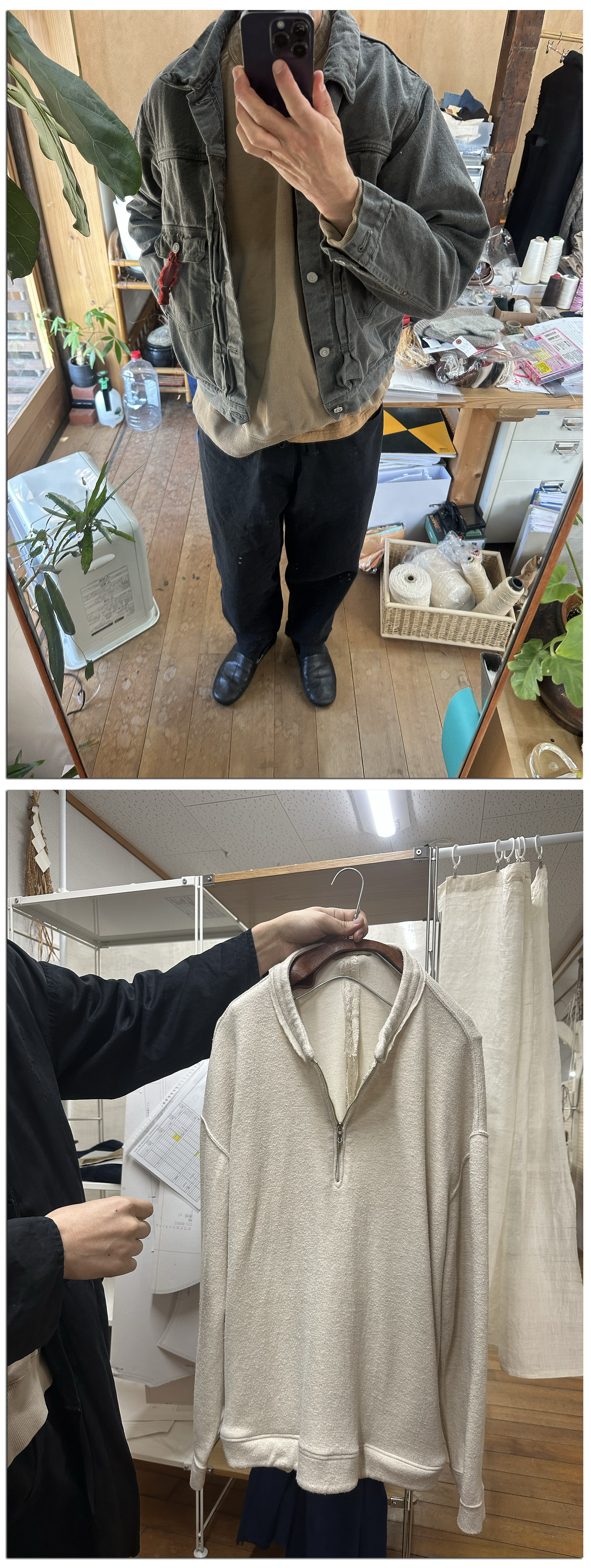
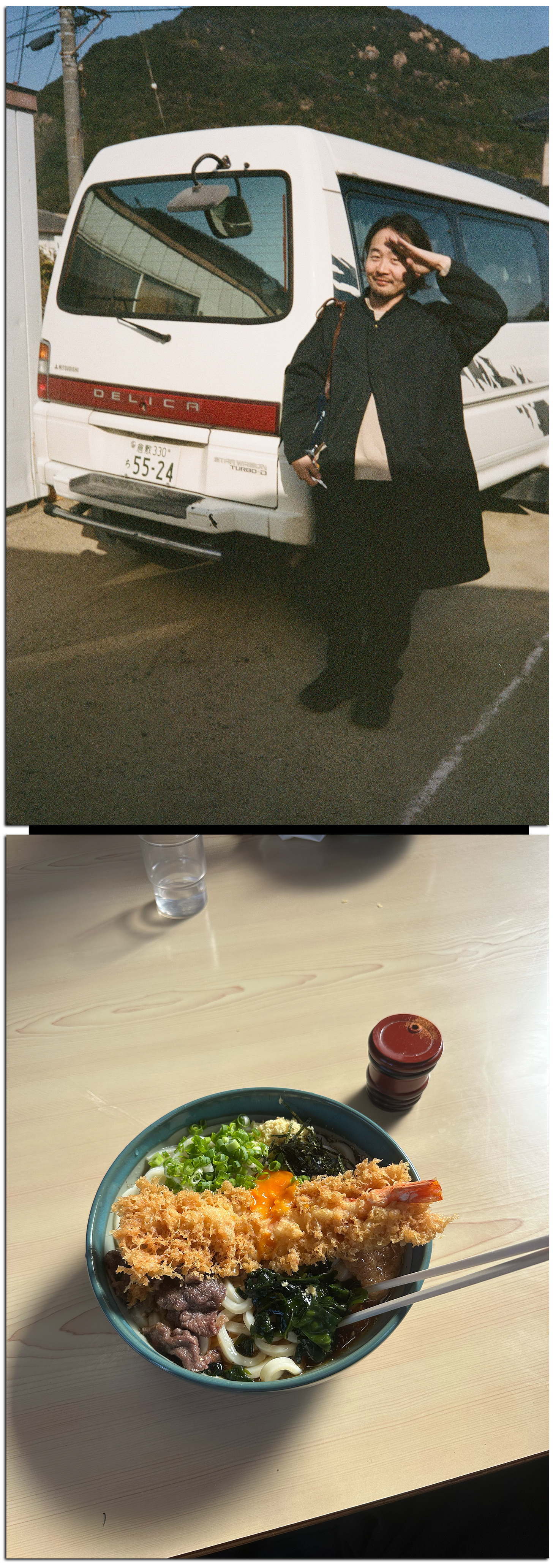
I don't normally comment on here, but I had the pleasure to visit Toshi a few weeks ago after you. It was easily the most memorable part of my trip.
You realize when you see that it's so small scale, him willing to take hours out of his day to tour you around, drive you to the train, and show you every little piece of what makes the brand, Toshi is truly dedicated to the philosophy of it; money is a complete afterthought. Every person who goes there gets that same treatment, it doesn't matter if you have one of the biggest newsletters out there, or if you are just a random clothes nerd.
With that being said, the level of craftsmanship makes it all the more crazy because I don't think there is much of anything else out there that rivals his attention to detail. The best part is that it isn't some scalable thing a big business could steal. Its essence is in the small minute details like the Kintsugi buttons. Truly just a family and small team dedicated to their craft.
P.S. you are correct that Quiet Storm line felt absolutely beyond. Softest hand ever.... just wait until everyone sees the Saki-Ori with Indigo and Kakishibu.
Great look into one of the coolest lines around. I’m fortunate enough to own a type 2 and a sunset pile fleece and they’re up there as two of my favorite pieces in my collection.
When I ordered my type 2, Toshi reached out and let me know it would be a couple months because of the process explained here and some time off for the Cottle team. In a world of instant gratification and clicks, knowing that this piece was being made specifically for me (with any measurement adjustments if needed) makes me feel connected to the piece in a rare and personal way. Toshi updated me periodically on the progress throughout. Making the jacket specifically for me along with how awesome the piece feels and wears is why it’s probably my most worn jacket. Yes, the price point is high but everything that goes into these garms makes it absolutely worth it.
And the new zip-up looks incredible.